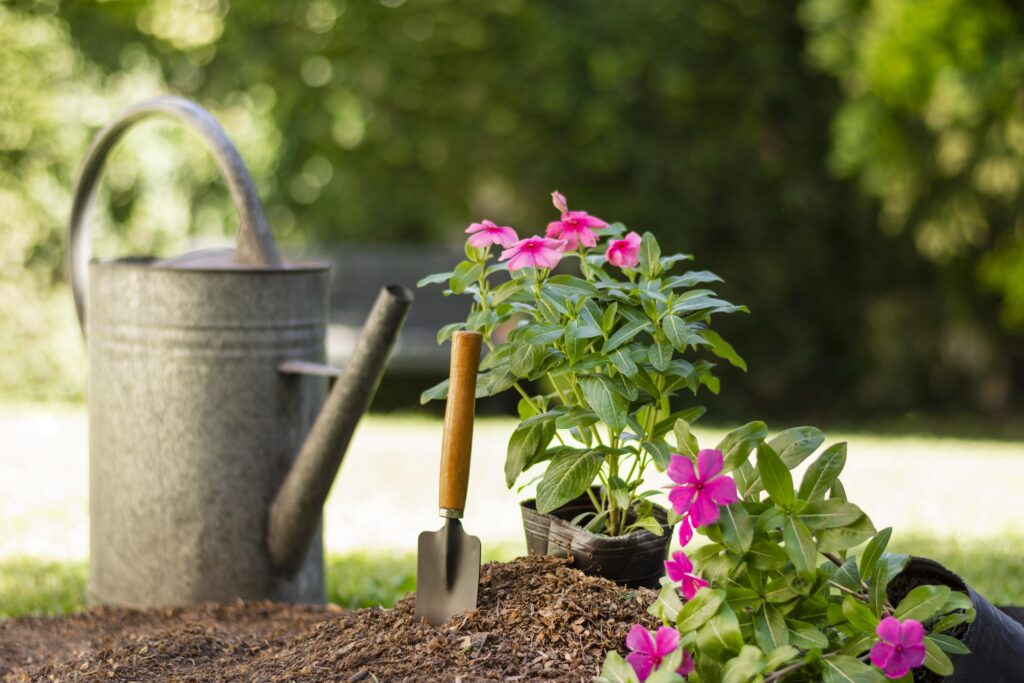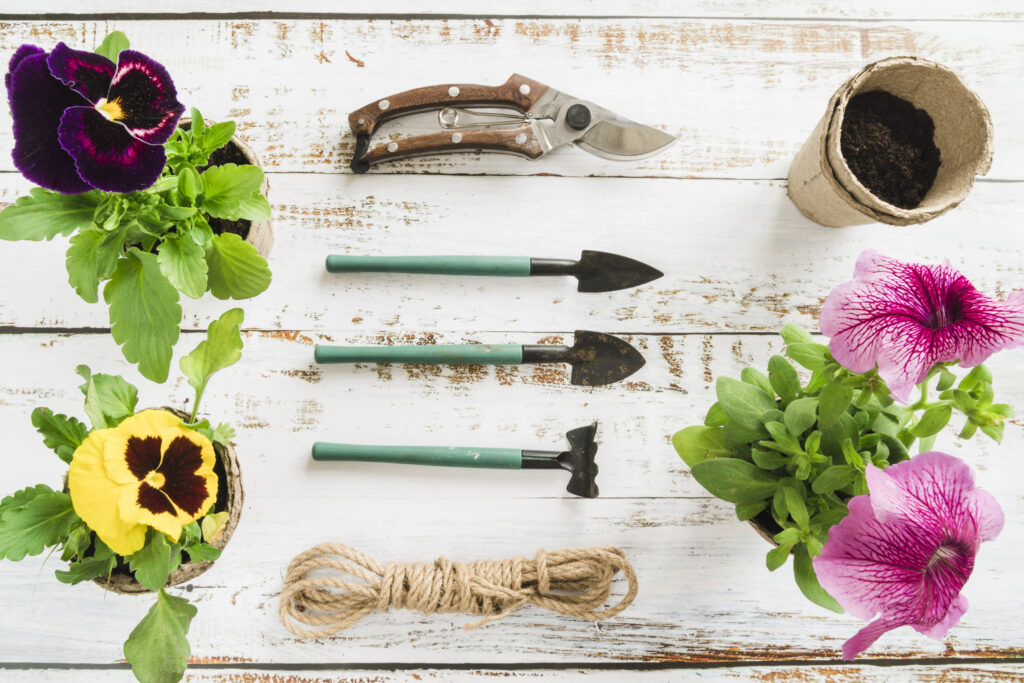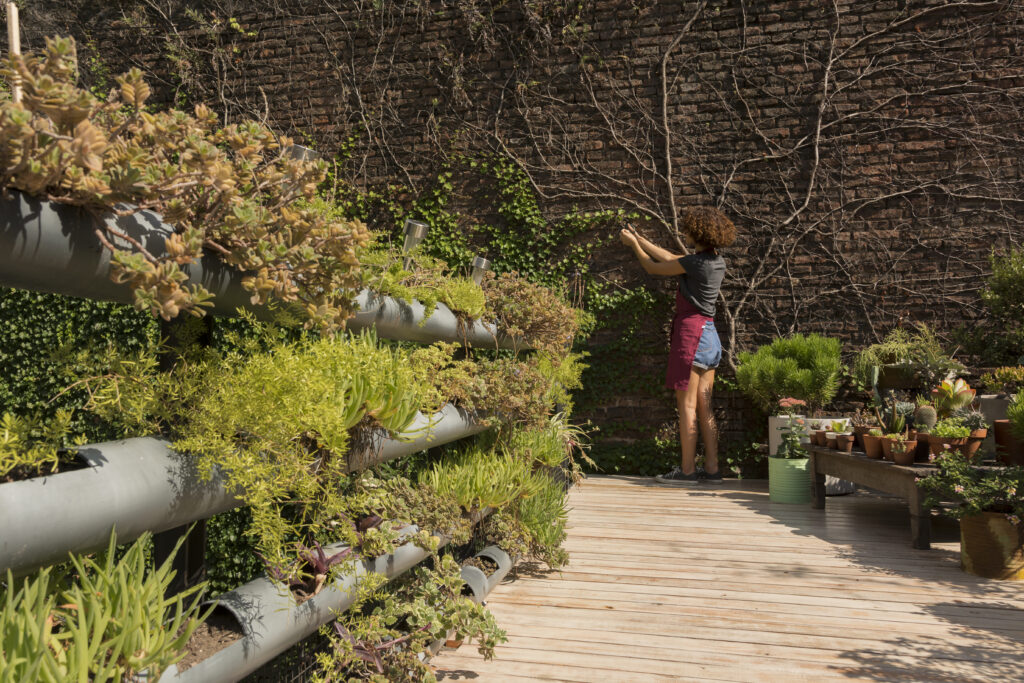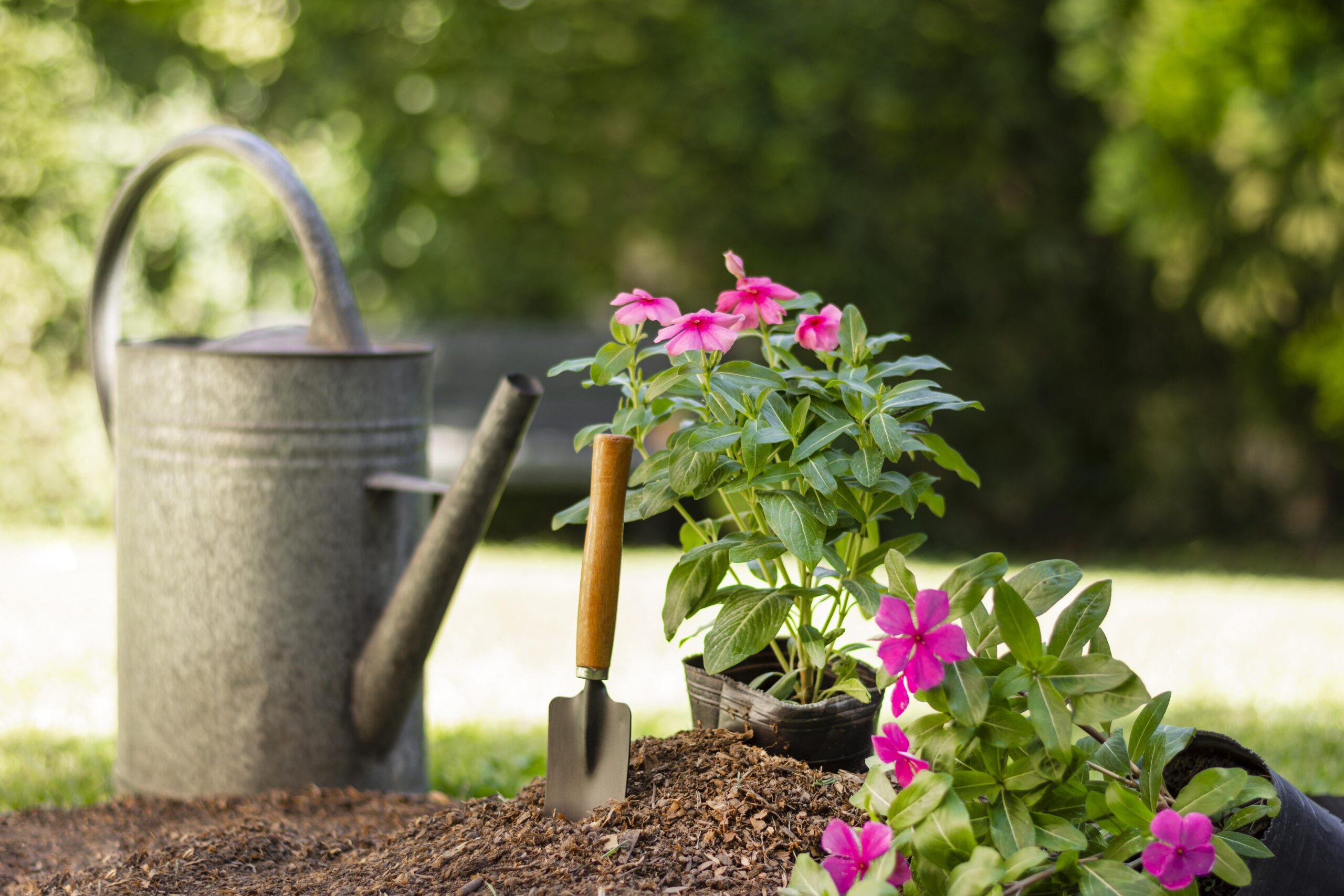Starting a small home garden is one of the best ways to grow fresh food, add greenery to your space, and connect with nature. Whether you have a backyard or a small balcony, you can create a vibrant garden by following a few essential steps. In this guide, we’ll cover the must-know basics and trending tips that will help you grow a successful garden.
1. Find the Perfect Location for Your Garden

The first step to a successful garden is choosing the right location. Plants need specific conditions to thrive, so consider these factors when selecting your garden spot:
- Sunlight: Most vegetables and flowers need 6-8 hours of direct sunlight daily. Make sure your garden spot has plenty of light to promote healthy growth.
- Water Access: Choose an area near a water source like a hose or faucet. Easy access to water makes it simpler to keep your garden hydrated.
- Protection: A garden area with shelter from high winds and heavy foot traffic is ideal. If possible, avoid areas that flood easily after rain.
Tip: If you have limited space, try container gardening on a balcony or patio. Even small spaces can support a thriving garden.
2. Select the Right Plants for Your Climate
Knowing what to plant and when is key to a successful garden. Start with easy-to-grow plants that do well in your climate. Here are some beginner-friendly options:
Vegetables
- Tomatoes: Great for sunny areas, tomatoes are versatile and yield heavily.
- Leafy Greens: Lettuce, spinach, and kale grow quickly and are perfect for beginners.
- Carrots: Root vegetables like carrots are easy to plant and don’t require a lot of space.
Herbs
- Basil: A sun-loving herb that grows well in pots or garden beds.
- Mint: Hardy and easy to grow, but keep it in a pot to prevent it from spreading.
- Parsley: Another easy-to-grow herb that thrives in various conditions.
Flowers
- Marigolds: Known for their pest-repelling properties, marigolds are low-maintenance.
- Sunflowers: These tall, vibrant flowers bring cheer and are easy to grow.
Tip: Research a planting calendar specific to your region. This will tell you the best time to start planting seeds or seedlings for each plant type.
3. Prepare and Enrich Your Soil
Healthy soil is the foundation of a successful garden. Here’s how to get your soil ready:
- Clear the Area: Remove rocks, weeds, and debris from your garden bed to ensure plants aren’t competing for nutrients.
- Aerate the Soil: Loosen compacted soil by turning it with a garden fork or tiller. Aerated soil improves root growth and water drainage.
- Add Organic Matter: Mix in compost, aged manure, or organic fertilizers to add essential nutrients to the soil. Organic matter boosts soil health and helps retain moisture.
Tip: Testing soil pH is especially helpful for growing vegetables. Most plants prefer soil with a pH between 6 and 7. Soil test kits are affordable and available at garden centers.
4. Choose the Right Garden Layout
Organizing your garden thoughtfully helps maximize space and makes caring for your plants easier. Consider the following layout ideas:
- Companion Planting: Certain plants support each other’s growth. For example, planting basil near tomatoes can enhance their flavor and repel pests.
- Spacing: Plants need room to grow, so follow spacing guidelines on seed packets. Crowded plants can become stressed, leading to stunted growth or disease.
- Raised Beds or Containers: Raised garden beds improve drainage and reduce soil compaction. They are also easier on your back! Containers are a great option for patios or balconies.
Tip: Arrange taller plants, like sunflowers, at the back or on the north side to prevent shading smaller plants.

5. Planting Your Garden
Now it’s time for the most exciting part—planting! Here’s a step-by-step guide:
- Follow Seed Instructions: Each seed type has specific planting depths and spacing requirements. Follow the directions on the packet for best results.
- Water After Planting: Give your newly planted seeds or seedlings a gentle watering to help them settle. Keep the soil moist, but avoid over-watering.
- Watch Out for Weeds: Mulching can help suppress weeds. Add a layer of mulch around plants to retain moisture and prevent weeds from taking over.
Tip: If you’re planting from seeds, be patient. Some plants take a while to sprout, so give them time to grow.
6. Watering Your Garden the Right Way
Watering is essential but often misunderstood. Here are some watering basics:
- Water Early in the Morning: Watering in the early morning helps prevent evaporation and gives plants time to absorb moisture before the day’s heat.
- Use the Right Amount: Overwatering can lead to root rot, while under-watering can stress plants. As a rule of thumb, most gardens need about an inch of water per week.
- Water at the Base: Water the soil around the plant base rather than the leaves to prevent mildew and mold growth.
Tip: Drip irrigation systems or soaker hoses are a great option for efficient, even watering.
7. Managing Pests Naturally
Pests can be a big challenge, especially for beginner gardeners. Here are ways to keep them at bay naturally:
- Companion Plants: Plants like marigolds and basil repel common garden pests.
- Insecticidal Soap: Use insecticidal soap or neem oil to manage pests without harming beneficial insects.
- Handpicking: For small gardens, handpicking pests, such as caterpillars, can be an effective approach.
Tip: Ladybugs are excellent natural predators for garden pests and are available for purchase at many garden centers.
8. Harvesting Your small Garden home
As your plants mature, it’s time to enjoy the fruits (and veggies) of your labor. Here’s how to harvest common crops:
- Leafy Greens: Harvest from the outer edges of the plant, allowing it to continue growing.
- Root Vegetables: Gently pull carrots, radishes, or beets when they reach their full size.
- Herbs: Trim herbs regularly to encourage bushy growth and prevent flowering.
Tip: Use clean, sharp tools to avoid damaging the plant. Regular harvesting promotes healthy growth.
Essential Tools for Beginner Gardeners
Having the right tools can make gardening easier and more enjoyable. Here’s what you’ll need:
- Hand Trowel: Great for digging, planting, and weeding.
- Garden Fork: Helps with loosening soil and mixing in compost.
- Pruners: Essential for trimming plants and removing dead growth.
- Watering Can or Hose: A hose with a spray nozzle or watering can works well for maintaining soil moisture.
- Gloves: Protects your hands while handling soil and plants.
Benefits of Home Gardening
Gardening has numerous benefits beyond just growing your own food. Here are a few reasons to start a small home garden:
- Health and Wellness: Gardening is an excellent form of exercise and helps reduce stress.
- Sustainability: Growing your produce reduces waste and your carbon footprint.
- Cost Savings: Growing your vegetables and herbs can save you money at the grocery store.
- Community Connection: Gardening often leads to connections with neighbors and local gardeners who may share seeds, tips, or produce.
Starting a small home garden doesn’t have to be complicated. With these essential tips and a little patience, you’ll be on your way to a thriving garden that brings joy, health, and fresh food to your home. Happy gardening!



1 thought on “Key Essentials for a Thriving small Home Garden”